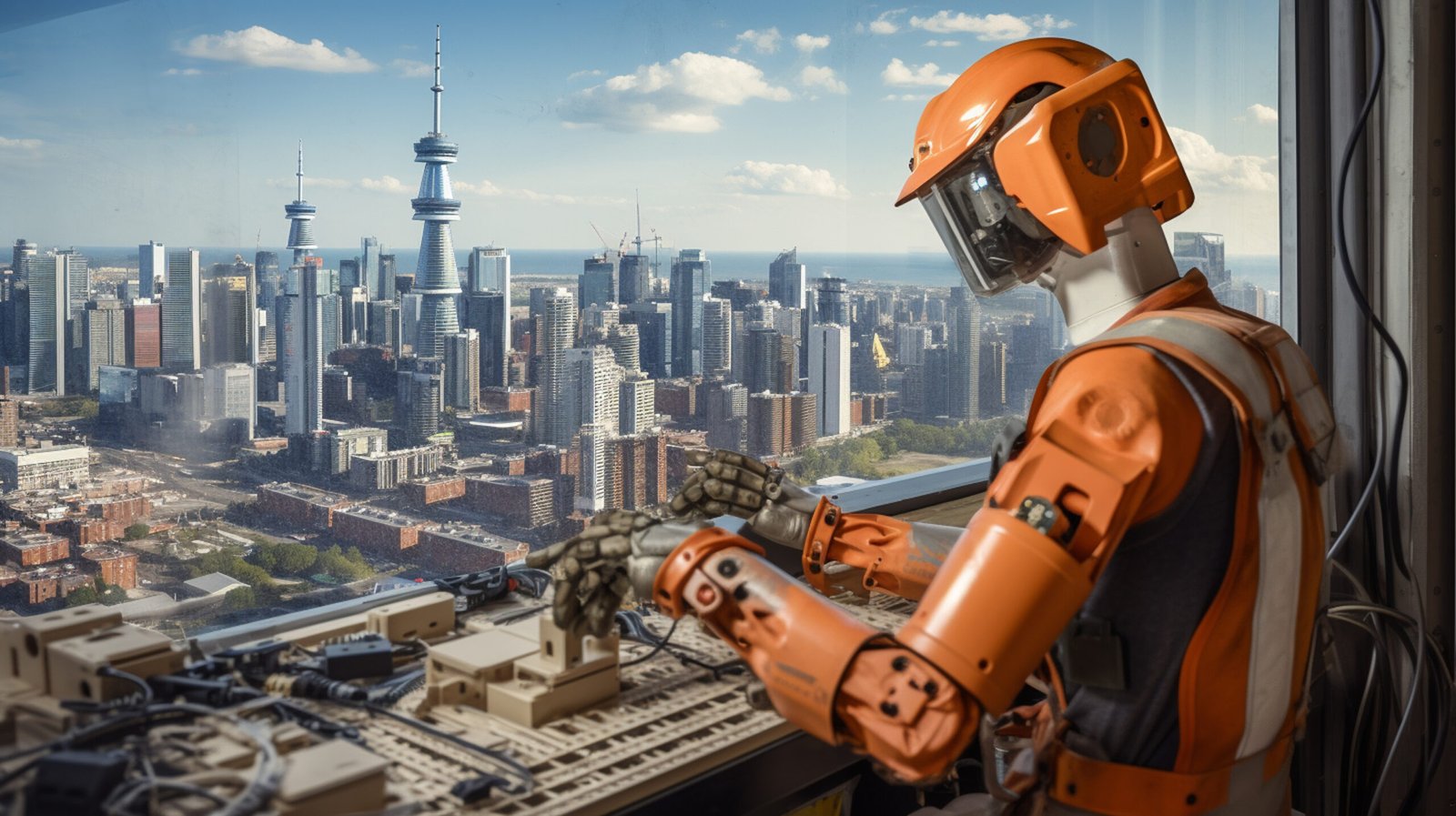Trade unions have historically been the backbone of labor rights movements in India, advocating for fair wages, job security, and safe working conditions. However, globalization, technological advancements, and the rise of the gig economy are challenging the relevance and influence of these organizations. This blog addresses the critical issue of how trade unions in India are redefining their roles, particularly at the National Thermal Power Corporation (NTPC) Unchahar, amidst these changing dynamics.
The main problem centers on understanding the strategies adopted by unions in India to remain effective in an evolving economic landscape that increasingly favors flexibility and efficiency over traditional labor protections. This topic is significant because India’s rapid industrialization is reshaping the workforce, and analyzing the case of NTPC Unchahar offers valuable insights into the future of labor relations in the country. Through this study, implications for the future of trade unions in India are explored, suggesting that adaptation and innovation may hold the keys to their continued relevance.
Trade unions in India have long been pivotal in championing workers’ rights. The formation of the All India Trade Union Congress (AITUC) in 1920 marked a significant moment in the Indian labor movement, paving the way for collective bargaining across various sectors. These unions played a crucial role in organizing workers, negotiating wage increases, and ensuring safer working conditions, particularly in industries like textiles and manufacturing (Hagedorn et al., 2016). However, with increased focus on privatization and globalization, trade unions face challenges that threaten their traditional roles. The emergence of contract labor and the rise of the informal sector have diluted the power of unions, leaving many workers unprotected (Hammer et al., 2022). According to the International Labour Organization (ILO), nearly 90% of India’s workforce is now engaged in the informal economy, a stark reminder of the challenges unions must navigate.
Case Study: NTPC Unchahar
The National Thermal Power Corporation (NTPC) Unchahar serves as a valuable case study for understanding the changing dynamics of trade unions in India. As one of the largest power producers in the country, NTPC has traditionally relied on a stable workforce to maintain operational efficiency. However, the energy sector’s transition toward renewable energy sources and increasing competition have intensified the pressure for cost reduction. At NTPC Unchahar, the role of trade unions has shifted in response to these challenges. Unions have moved away from confrontational tactics that historically characterized their strategies toward more collaborative approaches. This change has been crucial in negotiating fair wages and improving working conditions while ensuring that the workforce is prepared for the future (Brandl, 2022).
Collaboration Over Confrontation
The evolving relationship between management and unions at NTPC Unchahar highlights the importance of collaboration in addressing modern labor issues. Recent initiatives have focused on:
- Skills Development and Training: With the introduction of cleaner technologies, NTPC has prioritized retraining its workforce. Unions have advocated for these training programs, ensuring that workers are equipped with the necessary skills to transition to renewable energy roles.
- Mental Health and Well-Being: Recognizing the growing stress levels among workers due to job insecurity and changing demands, unions at NTPC have pushed for mental health initiatives. These programs aim to support workers’ well-being, which is crucial for maintaining productivity and morale.
This collaborative approach has yielded positive results. Union leader Ravi Kumar, who has been instrumental in these negotiations, states, “Our goal is to create a workplace where everyone feels valued and secure. We must adapt to the changing times while protecting our members.”
Learning from Global Examples
The evolution of trade unions in India mirrors trends observed in other countries. For instance, in Germany, unions have successfully engaged in social dialogue with employers, resulting in joint committees that focus on training and upskilling workers in light of technological advancements (Keune & Pedaci, 2019). This model fosters a cooperative relationship that enhances both employee satisfaction and company productivity. Similarly, in Sweden, trade unions have been instrumental in shaping labor policies that protect gig workers, advocating for rights that extend beyond traditional employment structures. The recognition of gig workers as essential participants in the labor market underscores the need for unions to broaden their scope and advocate for all workers.
Broader Implications: The successes seen in Germany and Sweden could serve as a roadmap for Indian trade unions. By adopting similar collaborative models, Indian unions can enhance their bargaining power while ensuring that all workers are represented.
Challenges Ahead: The Need for Adaptation
Despite the positive changes at NTPC Unchahar, challenges remain for trade unions in India. The rise of automation threatens jobs in traditional sectors, and as industries evolve, unions must confront the reality that many workers will not have the same level of job security as their predecessors.
Additionally, the fragmentation of the workforce into informal and gig sectors complicates union efforts to organize and advocate for these workers (Sachdeva, 2024). To remain relevant, unions must not only adapt their strategies but also advocate for comprehensive labor policies that protect all workers, regardless of their employment status.
The evolution of trade unions at NTPC Unchahar reflects broader trends in India’s labor landscape. As globalization, technological advancements, and the gig economy reshape the workforce, trade unions must redefine their roles to remain effective advocates for workers’ rights. The shift from confrontation to collaboration illustrates that unions can still play a crucial role in protecting workers while adapting to modern realities.
In conclusion, trade unions in India stand at a crossroads. By embracing innovation, advocating for all workers, and fostering collaborative relationships with management, unions can ensure their relevance in the 21st-century economy. As we navigate these changes, it’s crucial for individuals, communities, and policymakers to support initiatives that strengthen labor rights. By engaging with local unions and advocating for comprehensive labor policies, we can collectively shape a more equitable future for all workers.
References
- Brandl, B. (2022). Everything we do know (and don’t know) about collective bargaining: The Zeitgeist in the academic and political debate on the role and effects of collective bargaining. Economic and Industrial Democracy, 44(3), 0143831X2210860.
- Hagedorn, J., Paras, C. A., Greenwich, H., & Hagopian, A. (2016). The Role of Labor Unions in Creating Working Conditions That Promote Public Health. American Journal of Public Health, 106(6), 989–995. NCBI.
- Hammer, A., Keles, J. Y., & Olsen, W. (2022). Working Lives in India: Current Insights and Future Directions. Work, Employment and Society, 36(6), 095001702210835.
- Keune, M., & Pedaci, M. (2019). Trade union strategies against precarious work: Common trends and sectoral divergence in the EU. European Journal of Industrial Relations, 26(2), 139–155.
- Sachdeva, T. (2024). The Gig Economy in India: Unpacking the Economic and Social Implications. International Journal for Research Publication and Seminar, 15(3), 166–176.







